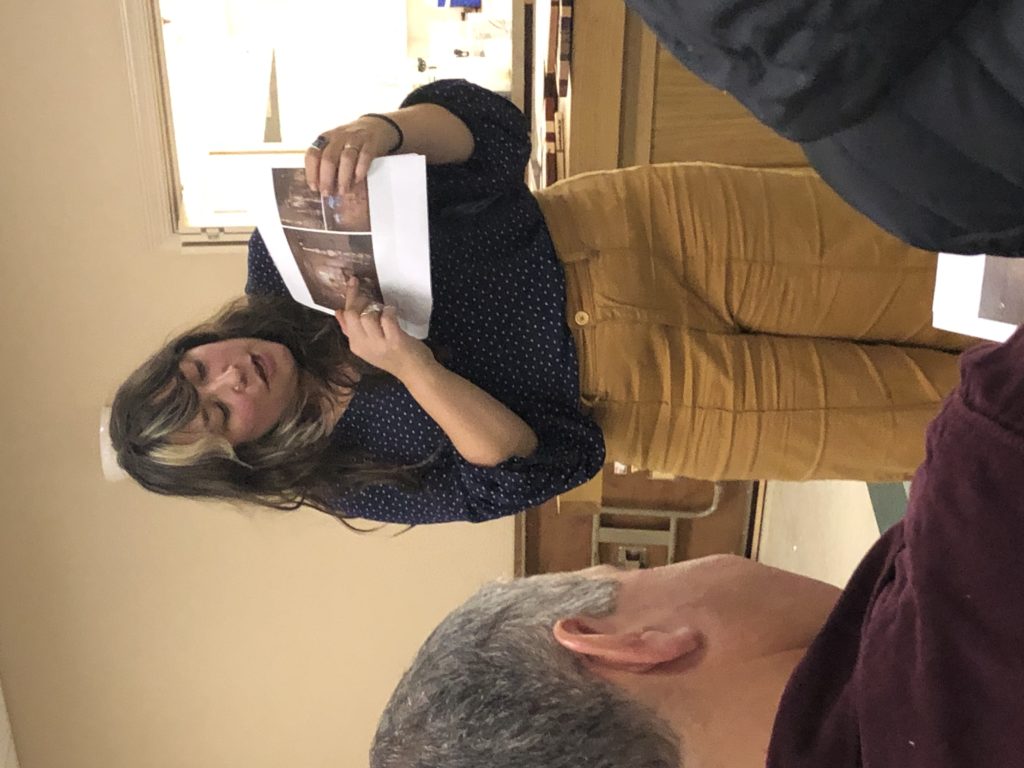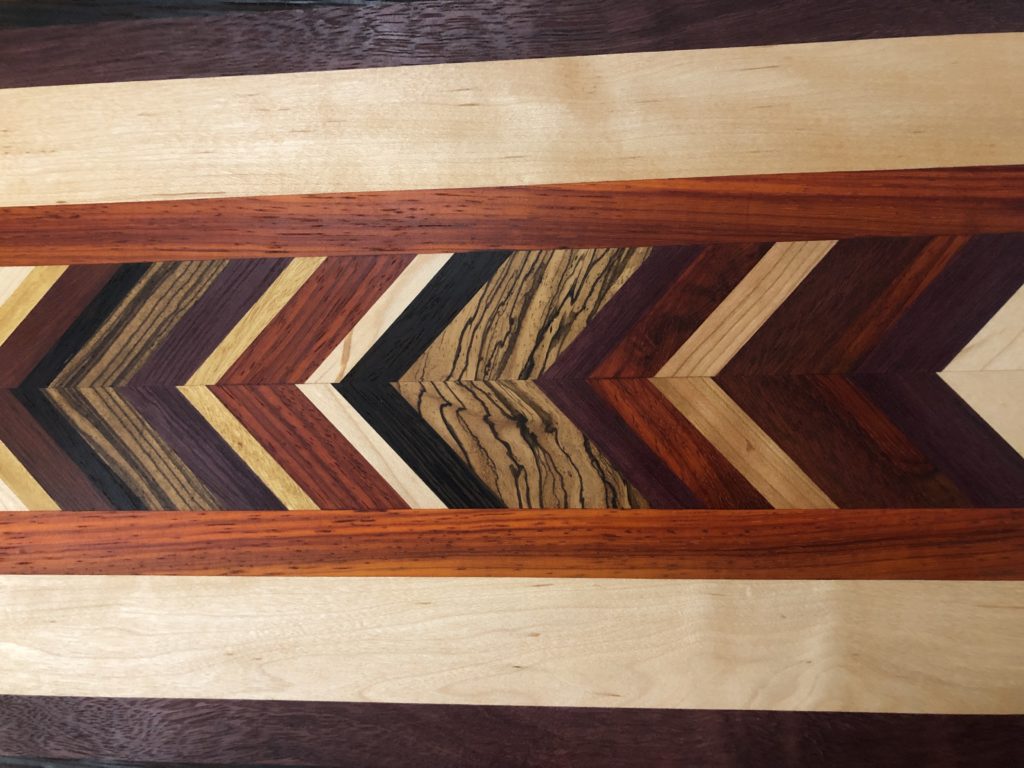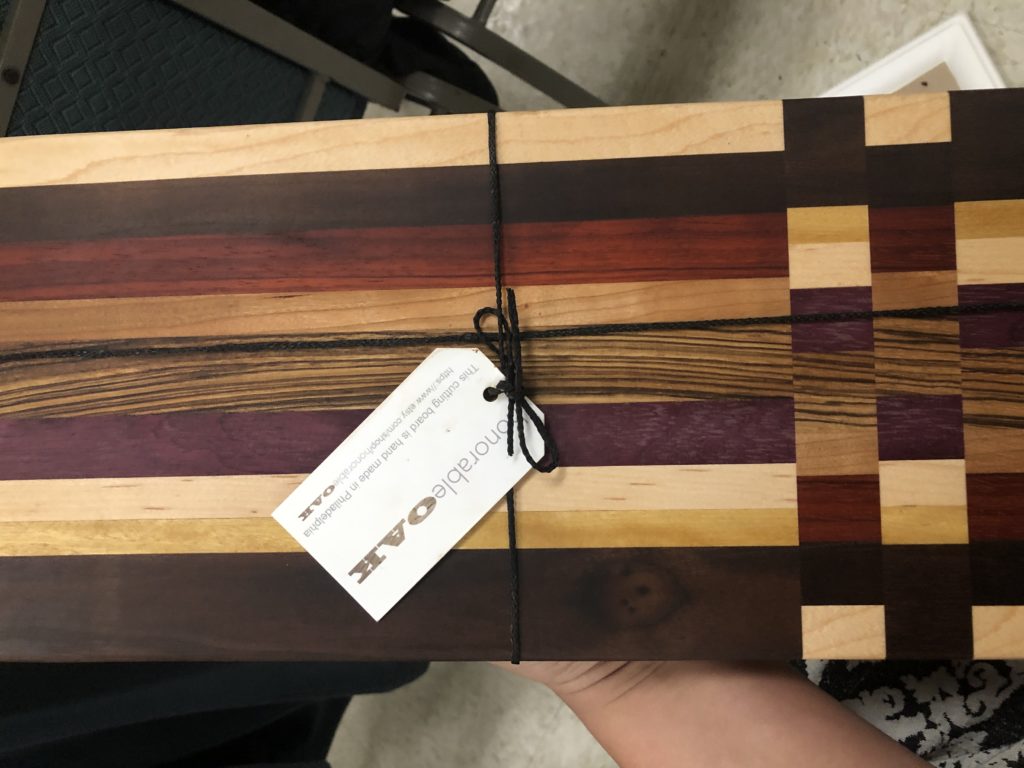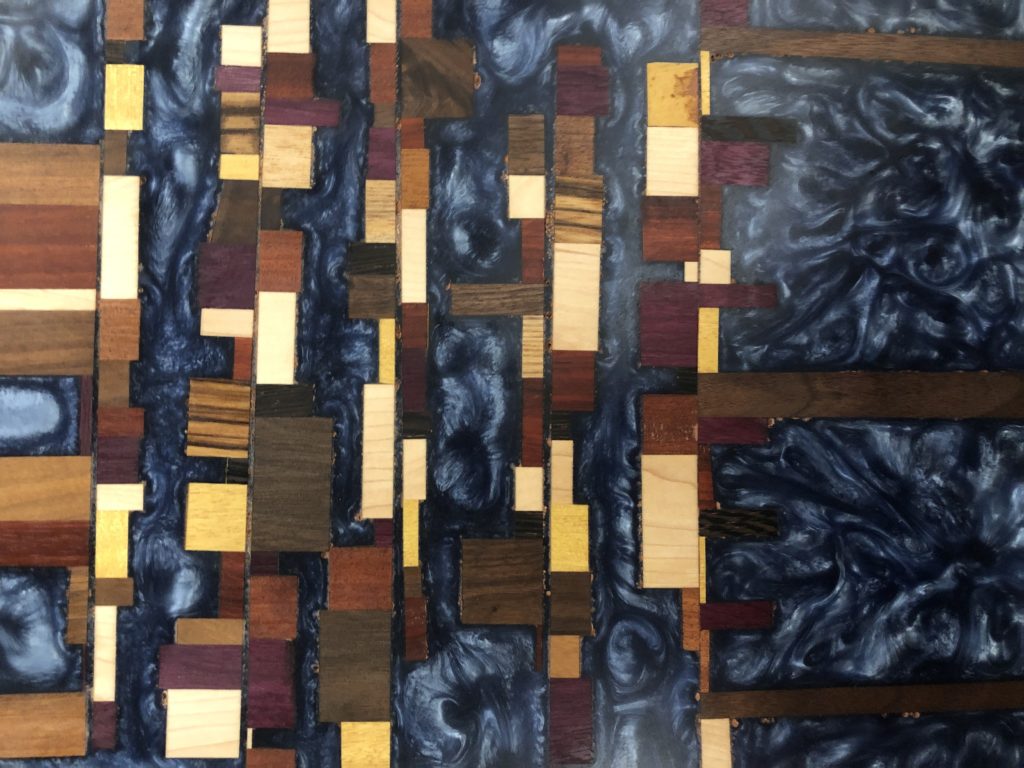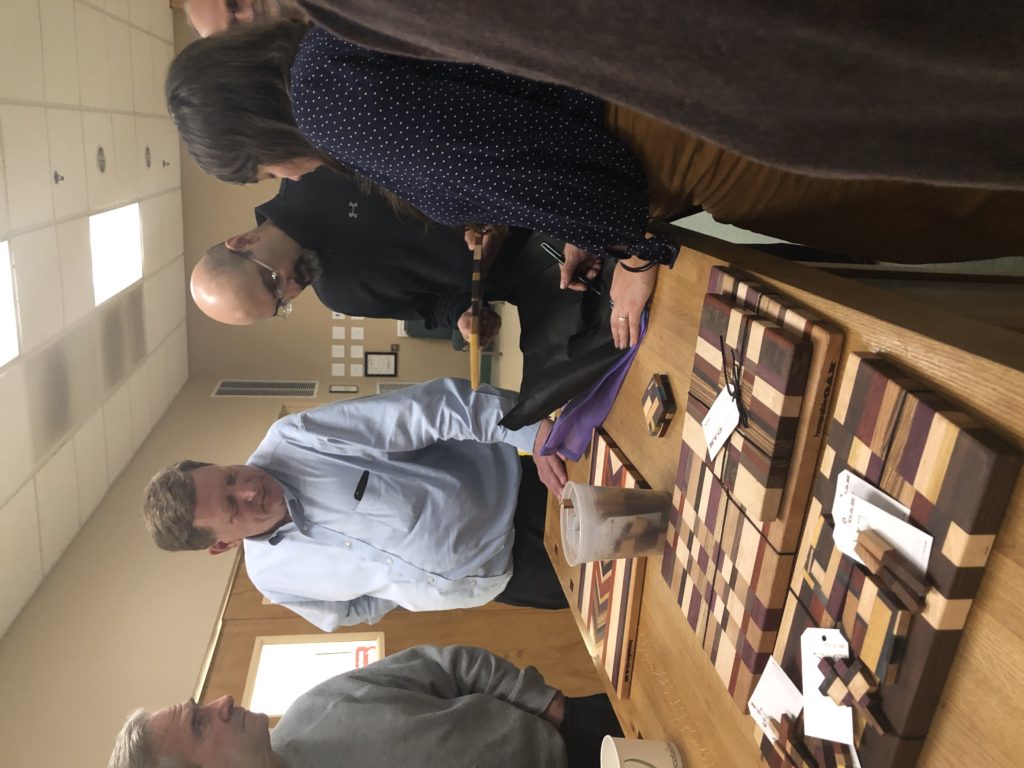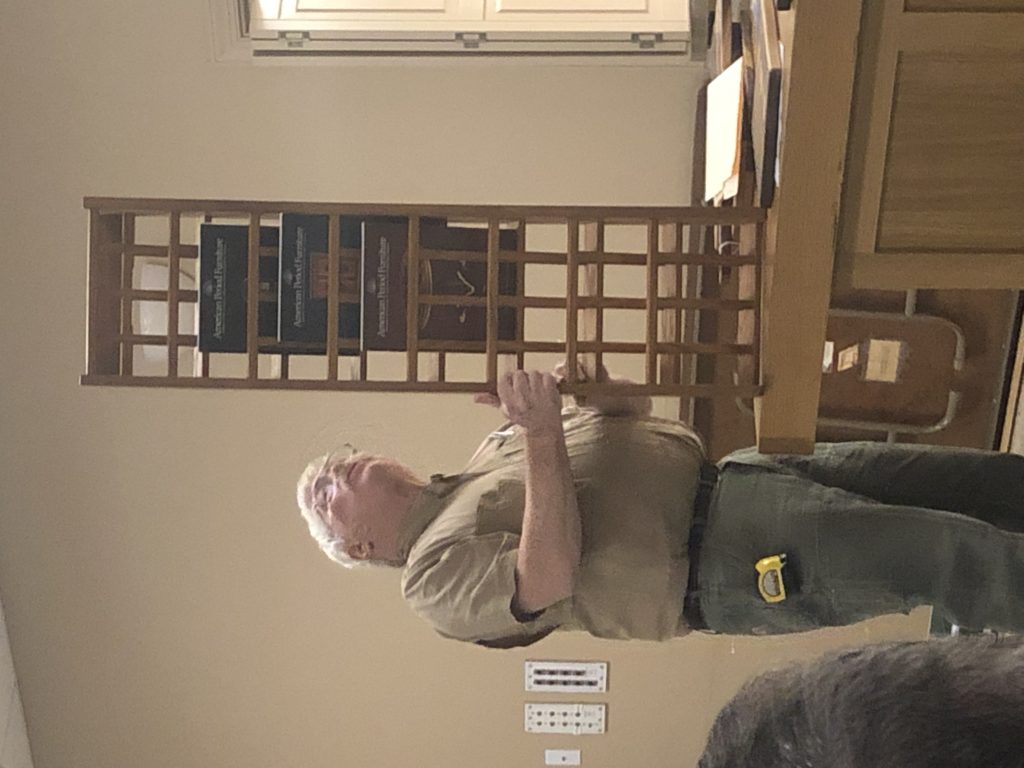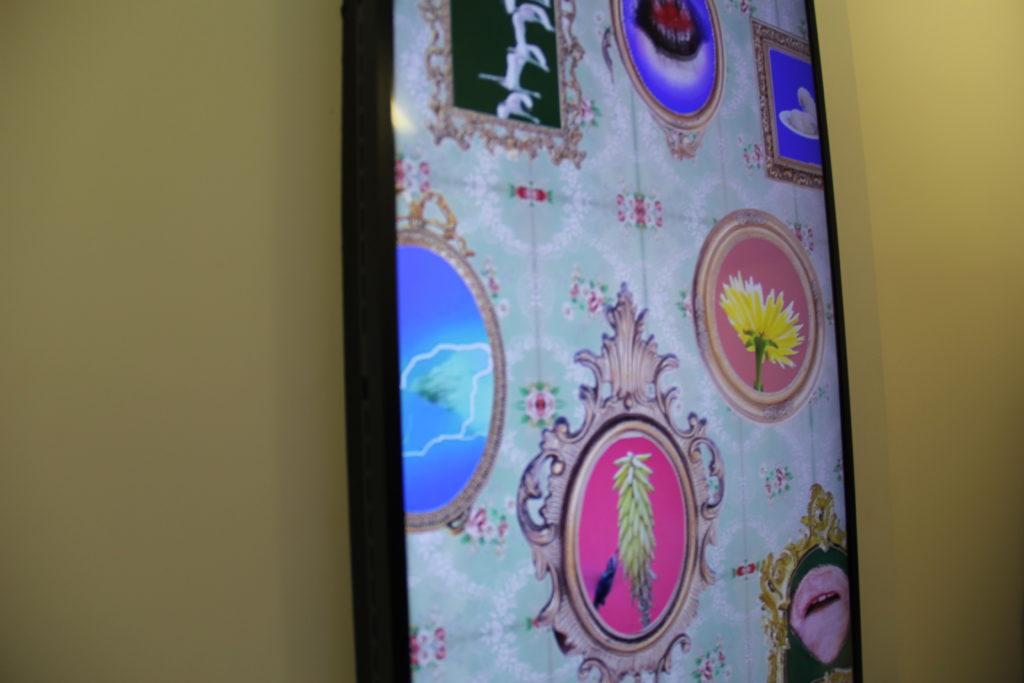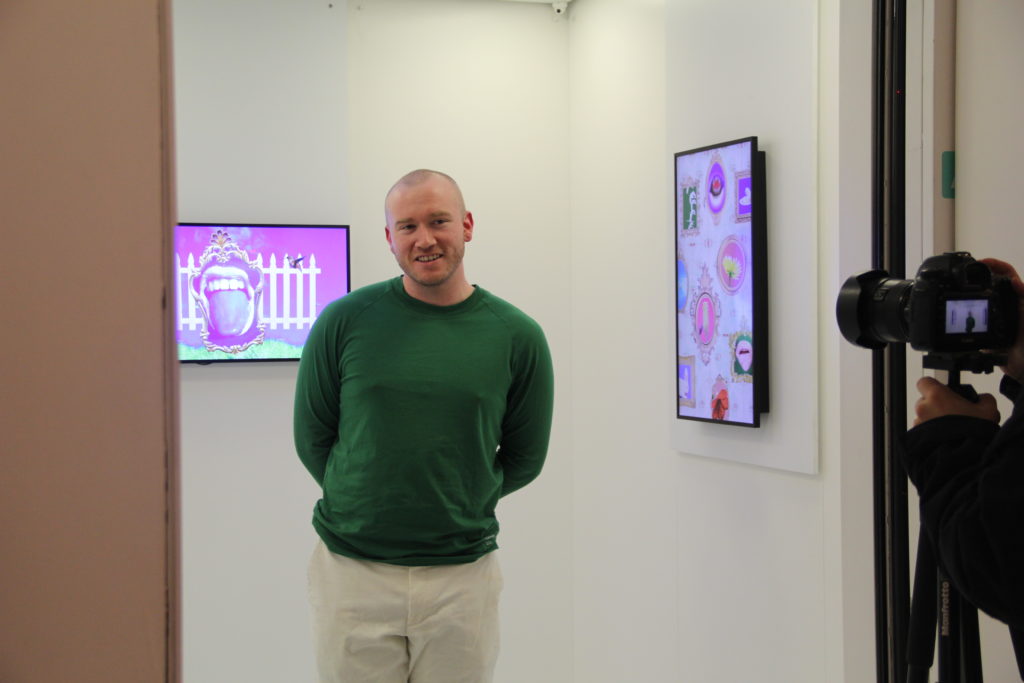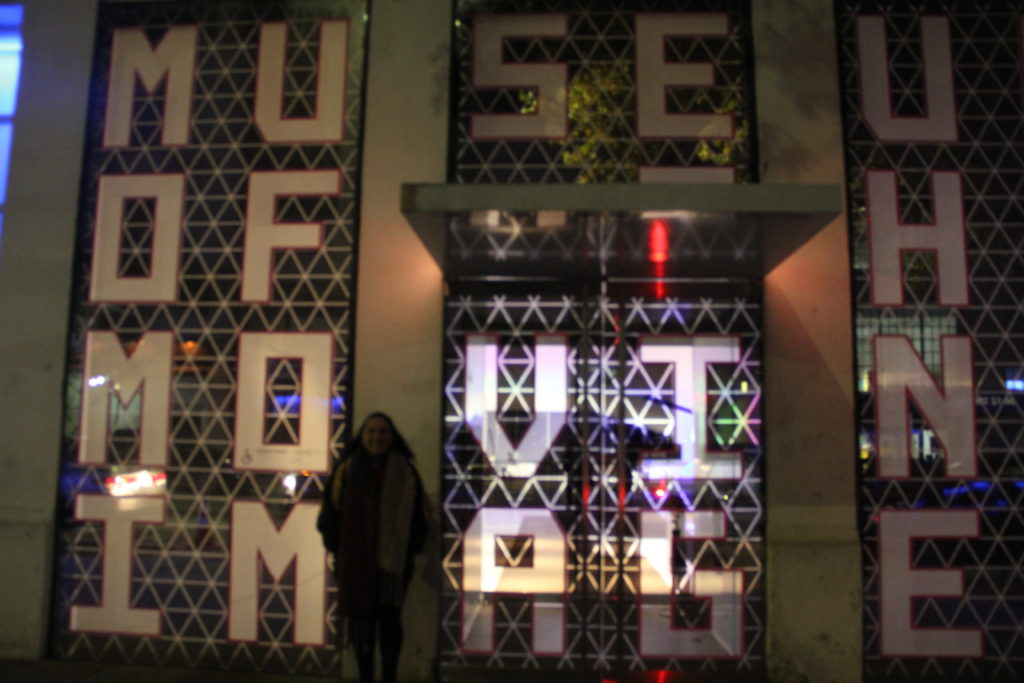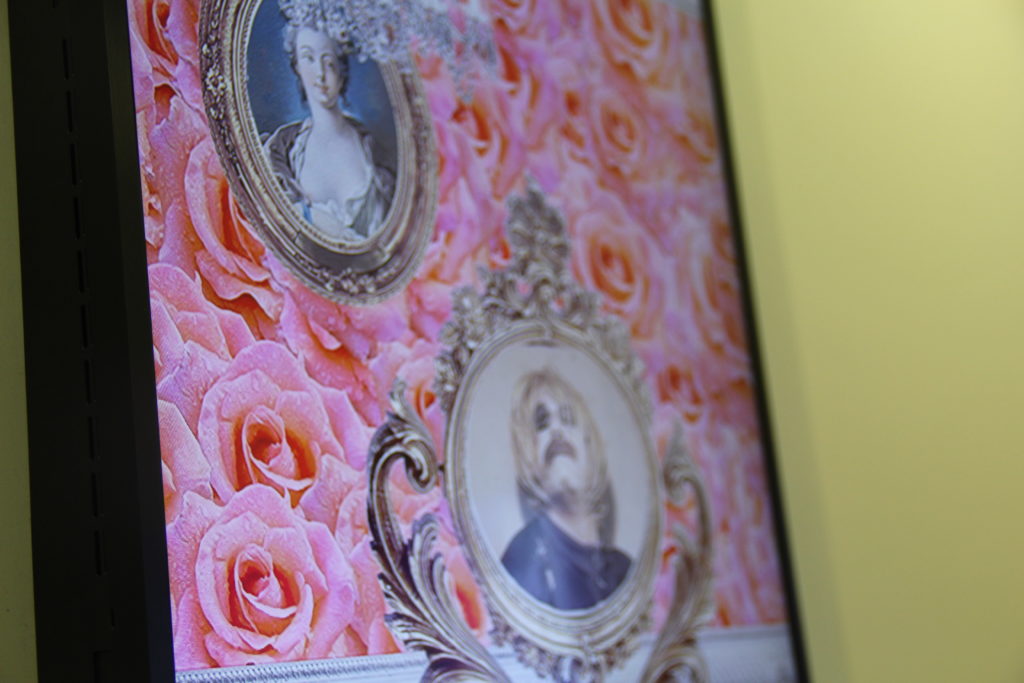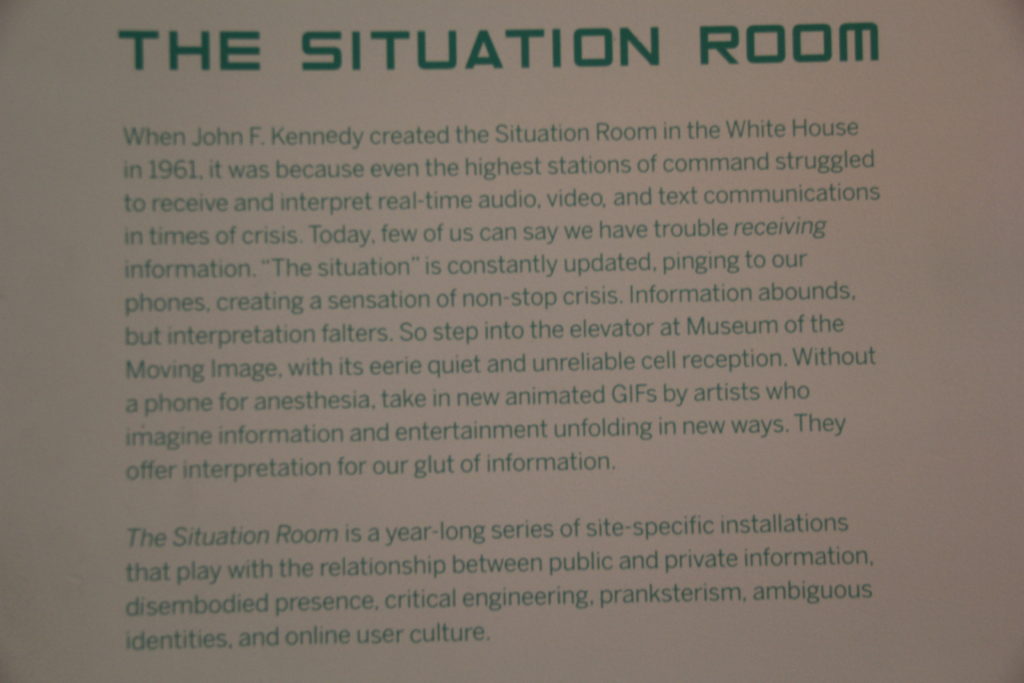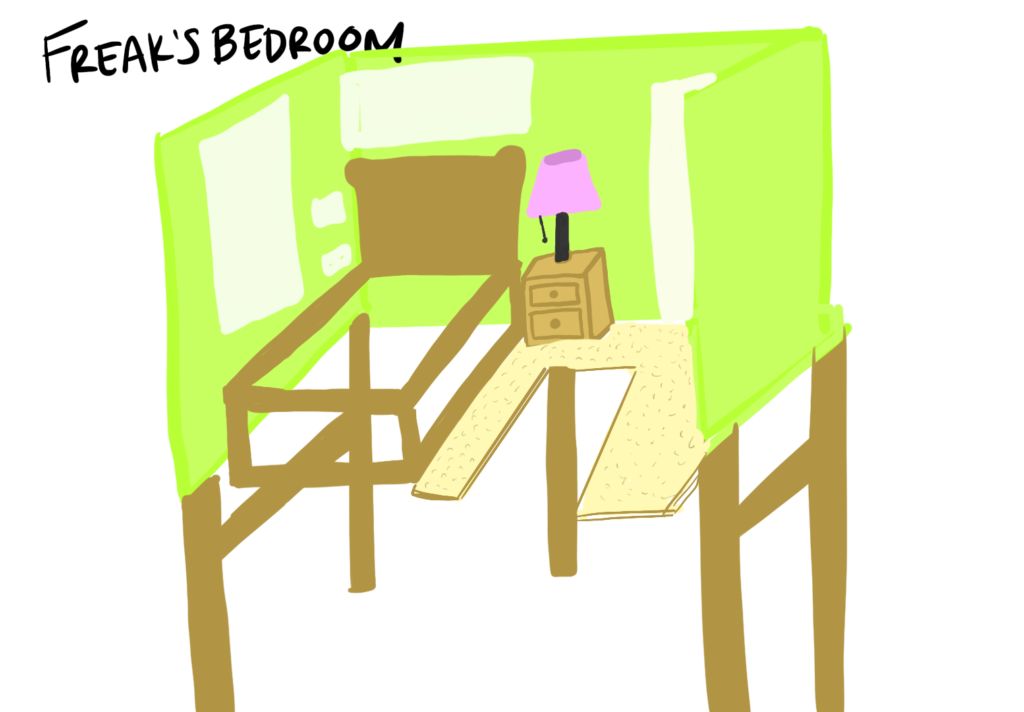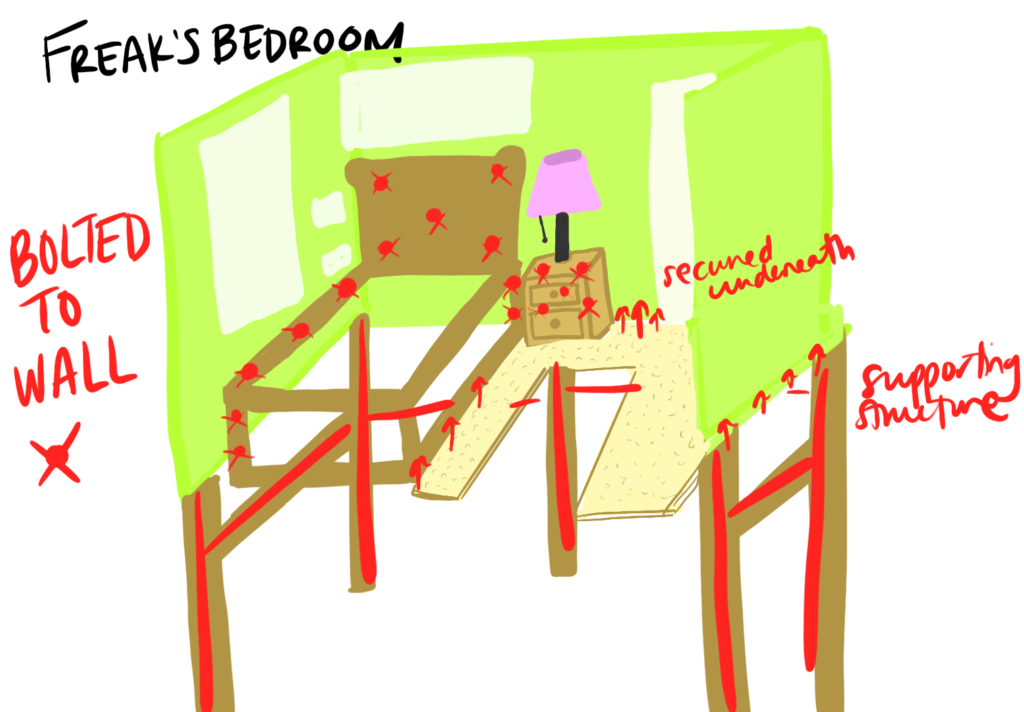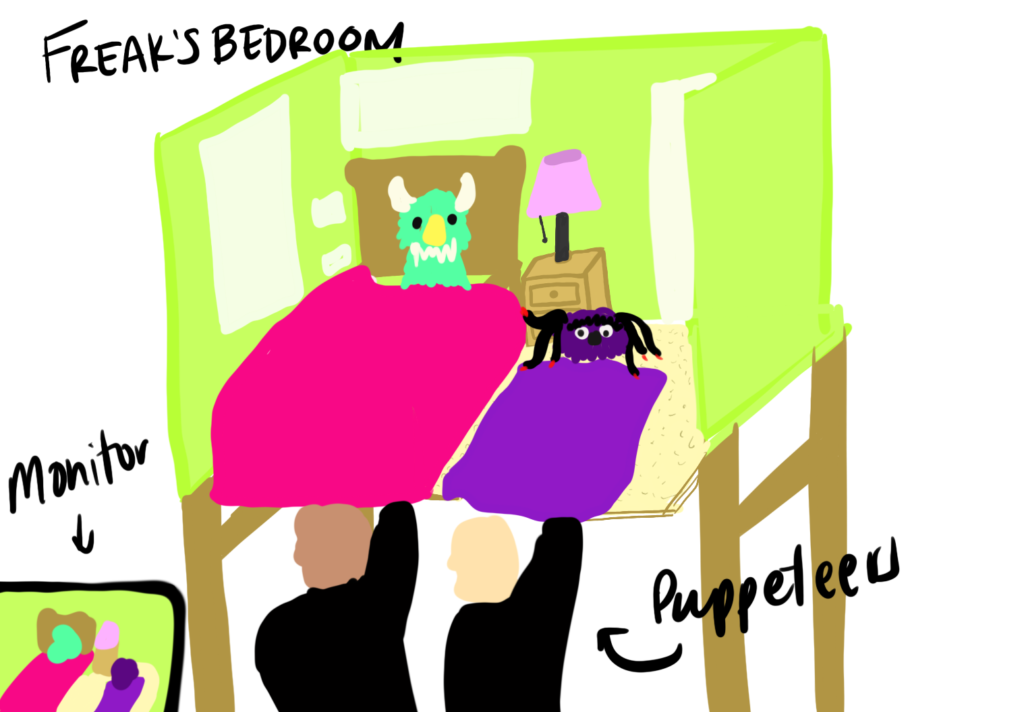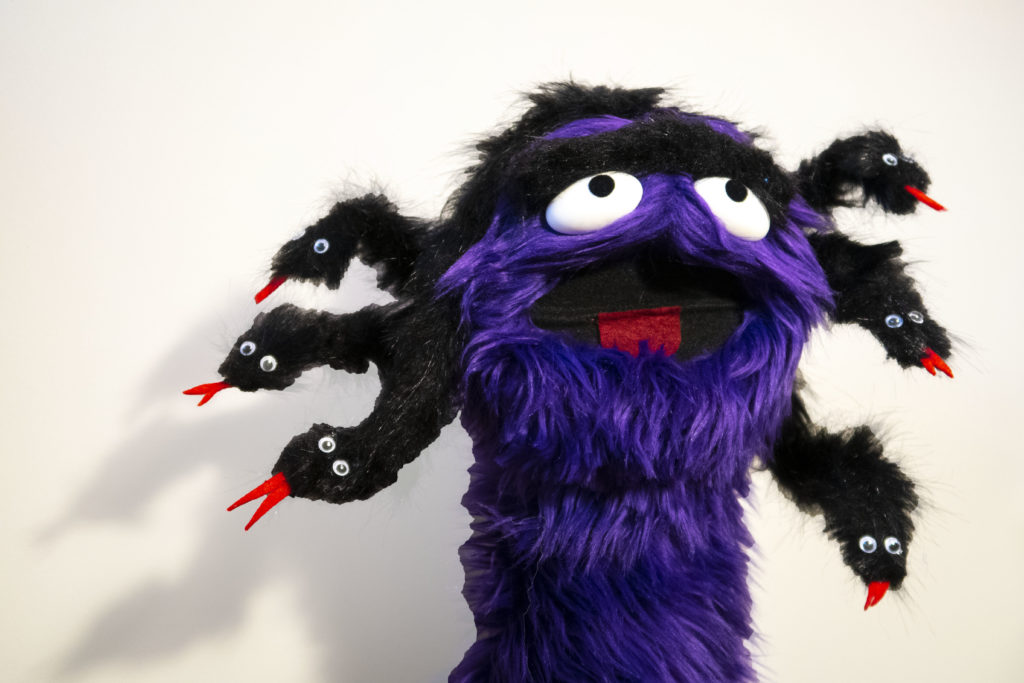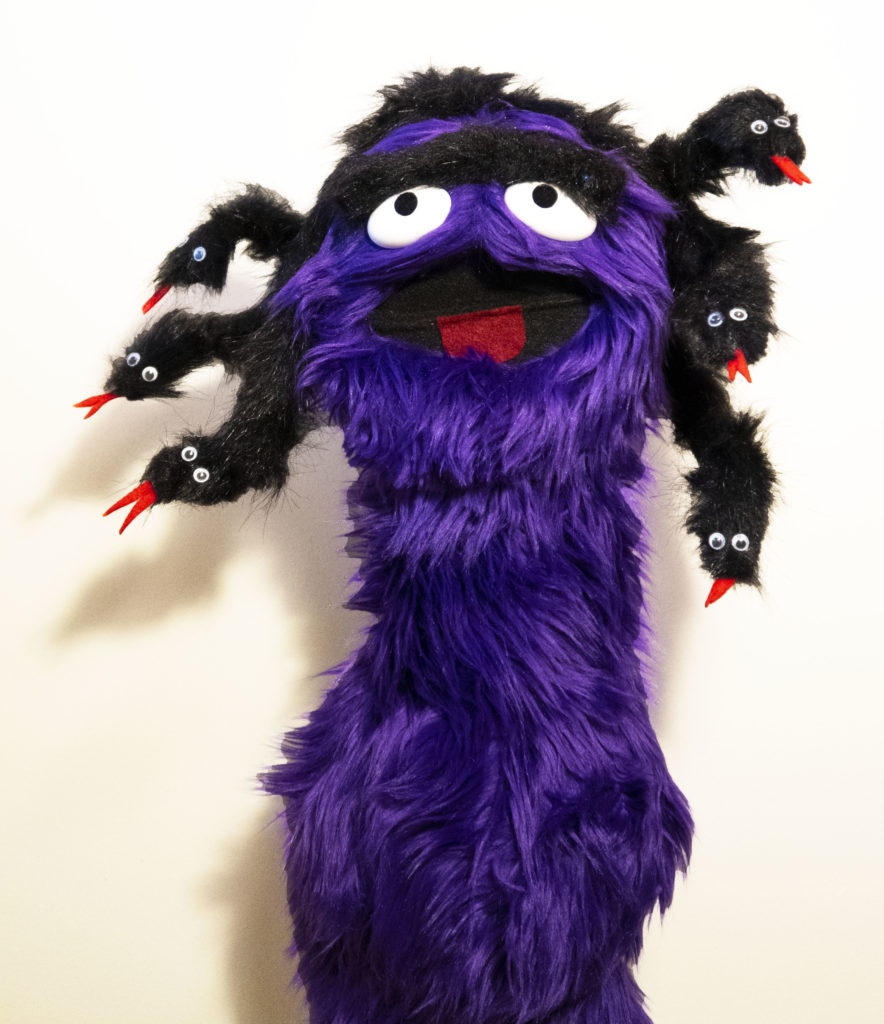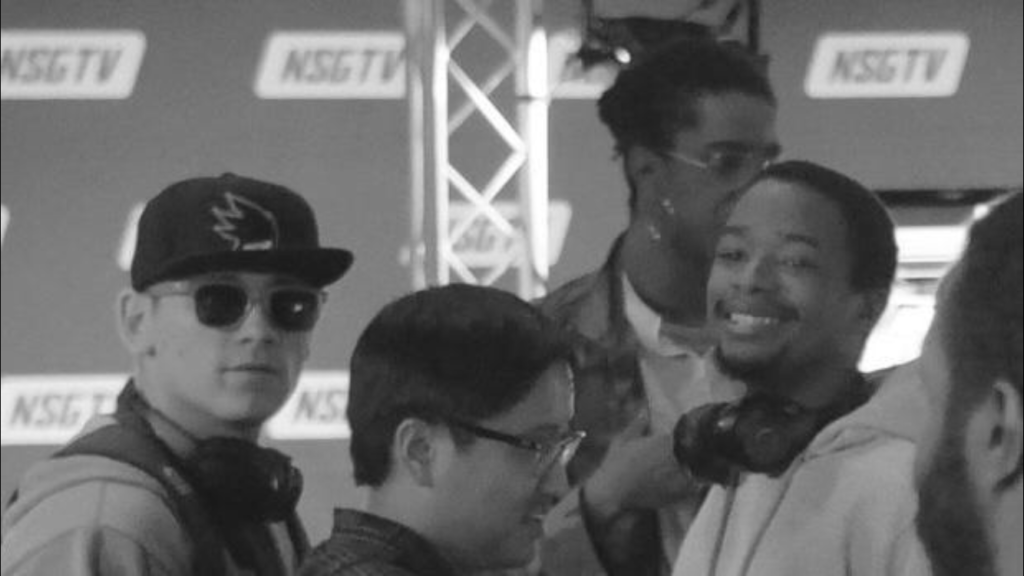For my final week of prototyping, I created design sketches of two other cryptids I hope to include in the museum, the Loveland Frogman and the Chupacabra. This time around I also included some facts about the cryptids that will be included in the museum to garner feedback on what should and shouldn’t be included – basically, how much of the label card should be fact and how much can be jokes. The feedback I received was very positive; everyone liked the designs, especially the Loveland Frogman. One of my feedback questions was about color palettes – here, viewers disagreed. While most people imagined the Loveland Frogman as the classic bright green of tropical frogs, some imagined him in darker shades of brown, much like a common toad. People were also divided on whether his scrubs should be the classic blue color or if they should be an ugly print to enhance the comedy factor. However, from last week’s round of feedback, I know to stick to what people recognize, so I will make the scrubs blue for audiences to better understand his occupation.
It was suggested once again that the cryptids have the normal museum space environment and then at the flip of a switch be transported to their “natural environment.” While I have put aside this suggestion multiple times, I am starting to become concerned. It makes me worried that without the alternative environment my museum will not have enough content or enough of the “wow” factor to attract players. However, I’m not even sure I’ll be able to finish the laundry list of assets just for the museum space, not even mentioning how that list would be doubled or tripled by a second environment for every cryptid. On this one, we’ll just have to wait and see for winter break. If I have enough free time and motivation over break, I may be able to include it, but as of now the second environment remains a pipe dream.
